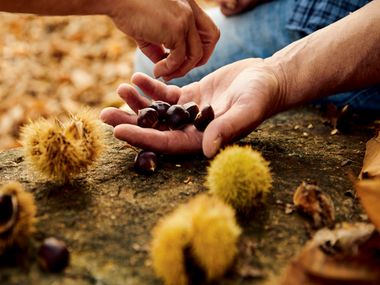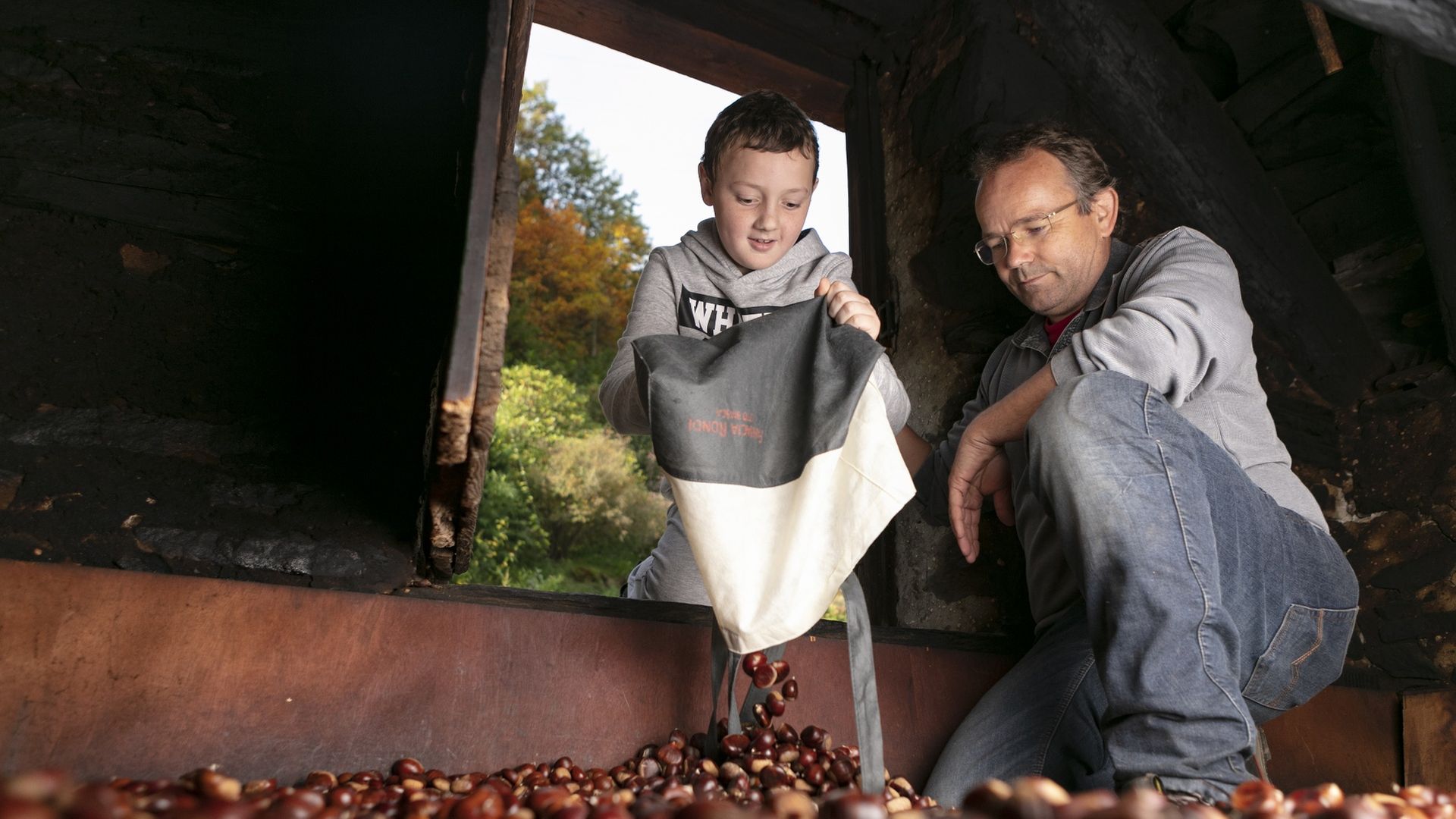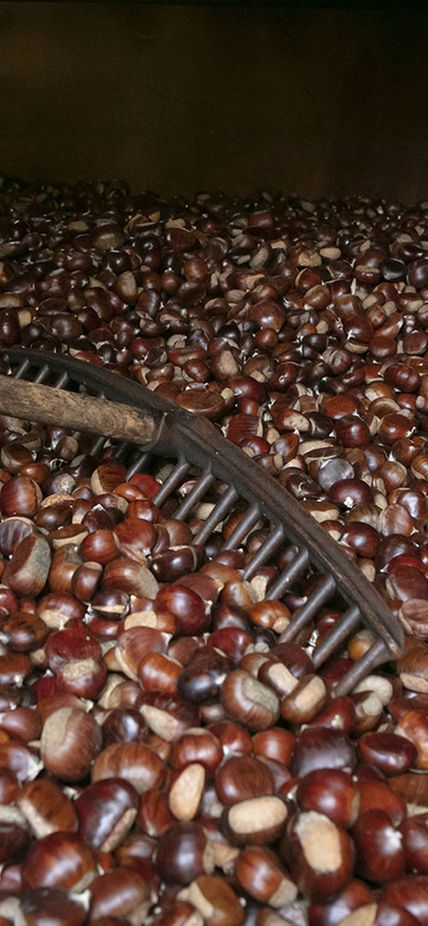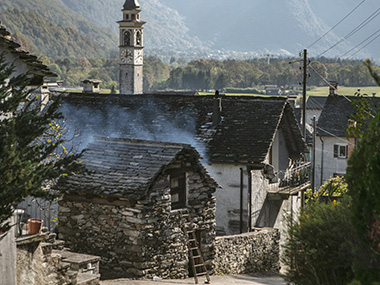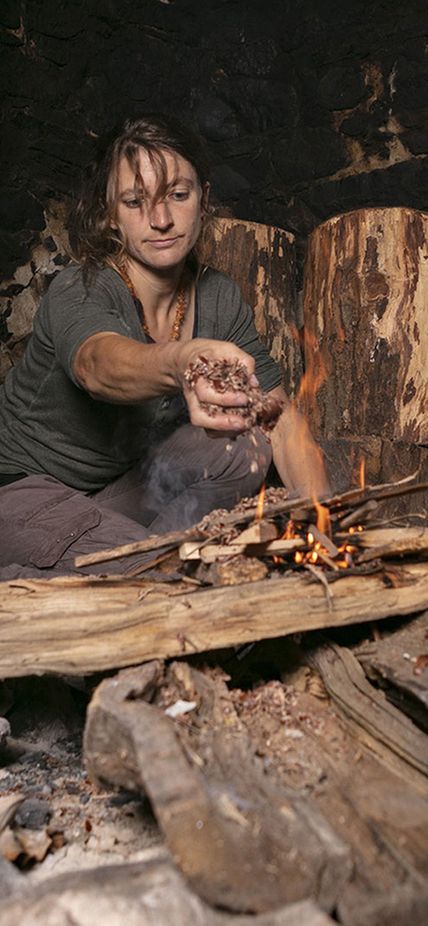There are a great many traditions linked to chestnuts, and with good reason: although we only think of them in autumn now, when the smell of roasted chestnuts fills the air, it wasn't always that way. Chestnuts were once a fundamental part of the local diet. Nonetheless, as they were easily damaged by mould and maggots, specific methods were needed to preserve the chestnuts for any extended period.
